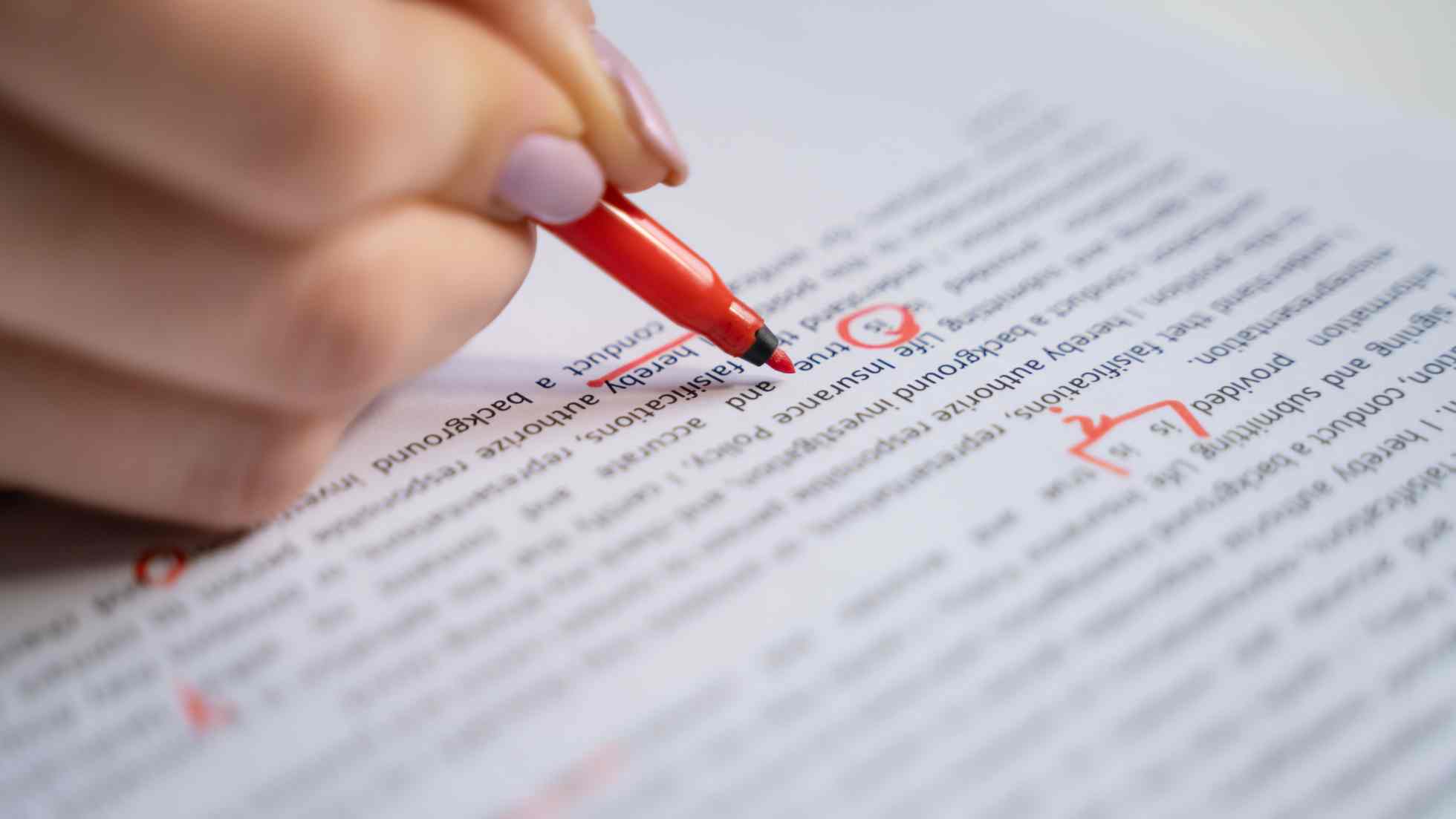Writing a novel is a massive accomplishment, but the real magic often happens during the editing process. The journey from first draft to polished manuscript can be the most rewarding part of the creative process. However, for many writers, self-editing of your own novel can be intimidating. How do you step back from your work, analyze it objectively, and make it the best it can be? In this blog, we will learn how to self-edit Your novel. The good news is that self-editing is a skill that can be developed with the right approach.
Here’s a detailed, step-by-step guide to self-editing your novel:
1. Step Away from Your Manuscript
Before you even begin editing, it’s crucial to distance yourself from your novel. Writing a book is an intense emotional process, and after completing your draft, you’re likely attached to it in many ways. However, editing requires a fresh perspective.
- Take a break: Step away for at least a few days or even a week if possible. This will allow you to return to your work with a clear, critical mindset. It’s hard to spot problems when you’re too close to the story.
- Change the format: If you can, print your manuscript out or change the font and spacing when you return to it. This simple act can make it feel like a new document, which can help you spot issues you previously missed.
Also Read: Hidden Gems in Literature: 5 Lesser-Known but Highly Recommended Books
2. Big-Picture Edits (Structural & Developmental Edits)
Self-editing begins with the big picture. This stage is about analyzing the story’s overall structure, pacing, character arcs, and thematic consistency.
Review Plot and Structure
- Is the plot coherent?: Make sure your story has a clear beginning, middle, and end. Look for any gaps in the plot, and ensure that the events unfold logically. Ask yourself if the conflict escalates properly and if the climax is satisfying.
- Story arc: Does your protagonist grow and change throughout the story? Ensure that your character’s journey is compelling and consistent, with clear motivations, internal struggles, and resolutions. Look for moments of stagnation or inconsistency in your character’s behavior.
- Pacing: Check if the story moves at a consistent pace. If there are parts that feel too slow or bogged down, they might need to be tightened. Conversely, if certain sections feel rushed, add more depth and description.
- Subplots: Are your subplots enriching the main story, or are they taking up space unnecessarily? If a subplot doesn’t support the main conflict or character development, consider cutting it.
Check Characterization
- Character motivations: Ensure each character’s actions align with their personality, backstory, and motivations. Are they acting authentically? Characters who suddenly make decisions without proper justification can confuse readers.
- Character arcs: Every major character should have some form of arc, even if it’s subtle. Are they different at the end of the novel than they were at the start? If not, the story may not feel complete.
- Character consistency: Ensure your characters speak and act consistently. If a character behaves out of character, make sure it’s due to a logical reason—otherwise, it might break the immersion for readers.
Check the Point of View (POV) and Voice
- Is the POV consistent?: If you’ve chosen a specific POV (first-person, third-person, omniscient), stick to it consistently. Switching randomly can be jarring to readers.
- Narrative voice: Does the voice feel authentic for the character or the story’s tone? A strong narrative voice will draw readers in and enhance the story’s atmosphere. If the voice feels flat or inconsistent, it may need refinement.
3. Focus on Scene and Dialogue
Next, zoom in on the individual scenes and dialogue. This is where you refine the finer details, ensuring that everything is impactful and engaging.
Scene Evaluation
- Does each scene serve a purpose?: Every scene should either move the plot forward, reveal something important about the character, or add depth to the world-building. If a scene doesn’t accomplish any of these, consider cutting it.
- Transitions: Ensure smooth transitions between scenes. Abrupt shifts can confuse readers. A scene should logically lead into the next one. Sometimes, a short connecting sentence can provide the necessary transition.
- Setting and atmosphere: Make sure each scene is grounded in its setting. Describe the surroundings with enough detail to create a vivid atmosphere, but avoid overloading the reader with information. Balance is key.
Dialogue
- Authenticity: Ensure that the dialogue sounds natural. People don’t speak in long monologues or perfectly crafted sentences in real life (unless they’re a specific type of character, of course). Dialogue should reflect the character’s personality and the situation they’re in.
- Purpose: Each line of dialogue should have a reason for being there. Does it reveal something about the character or push the plot forward? Cut any dialogue that doesn’t serve a clear purpose.
- Subtext: Great dialogue often contains layers of meaning. Look for opportunities to add subtext, where characters say one thing but mean another, or where the tension is palpable even though it’s not explicitly stated.
4. Line Editing
Line editing is about refining each sentence, focusing on clarity, flow, and word choice.
- Concise writing: Look for places where you can cut unnecessary words. For example, “I am going to the store” can often be tightened to “I’m going to the store.”
- Sentence structure: Vary your sentence length and structure to create rhythm. Long sentences followed by short, punchy ones can create a more dynamic flow.
- Avoid repetition: Repeated words or phrases can break the flow of a sentence. Make sure you’re not using the same words over and over unless it’s for emphasis or style.
- Adverbs: Be cautious with adverbs. Instead of using “she ran quickly,” try to convey the speed of her running through a stronger verb, such as “she dashed.”
- Show, don’t tell: Whenever possible, show emotions or actions through vivid descriptions or actions rather than telling the reader what’s happening. For example, instead of saying “She was angry,” describe her clenched fists or reddening face.
5. Proofreading for Grammar and Punctuation
After you’ve refined your manuscript on a deeper level, it’s time to focus on the mechanics of writing.
- Grammar and syntax: Check for common grammar issues such as subject-verb agreement, tense shifts, misplaced modifiers, and fragments.
- Punctuation: Ensure you’re using punctuation correctly. Are your commas, periods, semicolons, and quotation marks all in the right places? Overuse of punctuation marks (especially exclamation points) can make a piece feel amateurish.
- Consistency: Check for consistency in spelling (e.g., American vs. British English), hyphenation, and capitalization. This can be tedious, but it’s essential for a professional result.
6. Take a Final Read-Through
The last step before you consider your novel “done” is to read through it one final time. Ideally, this should be done after a break, allowing you to see your manuscript with fresh eyes.
- Read aloud: Reading your novel out loud can help you catch awkward sentences, awkward pacing, or repetitive phrasing that you might miss when reading silently.
- Final checks: Look for any remaining inconsistencies in the plot, character arcs, or tone. This is the final chance to polish your novel before sending it out to the world.
7. Get Feedback
Once you’ve self-edited, it’s time to get feedback from others. This could be from a trusted friend, fellow writer, or a professional editor. Fresh eyes can help you catch things you might have missed.
Conclusion
Self-editing is a crucial step in turning your rough draft into a polished, professional novel. By focusing on both the big picture and the fine details, you’ll create a manuscript that is clear, cohesive, and engaging. If you want to hire a professional editor, you can hire editors from Top Book Editing Companies in India. Remember, editing is a process, not a one-time event, so take your time, and don’t be afraid to make major changes. Once edited, the book will be ready for the publishing. You can choose from self publishing in India or traditional publishing. The more you practice self-editing, the more skilled you’ll become at recognizing what your novel needs to succeed.



